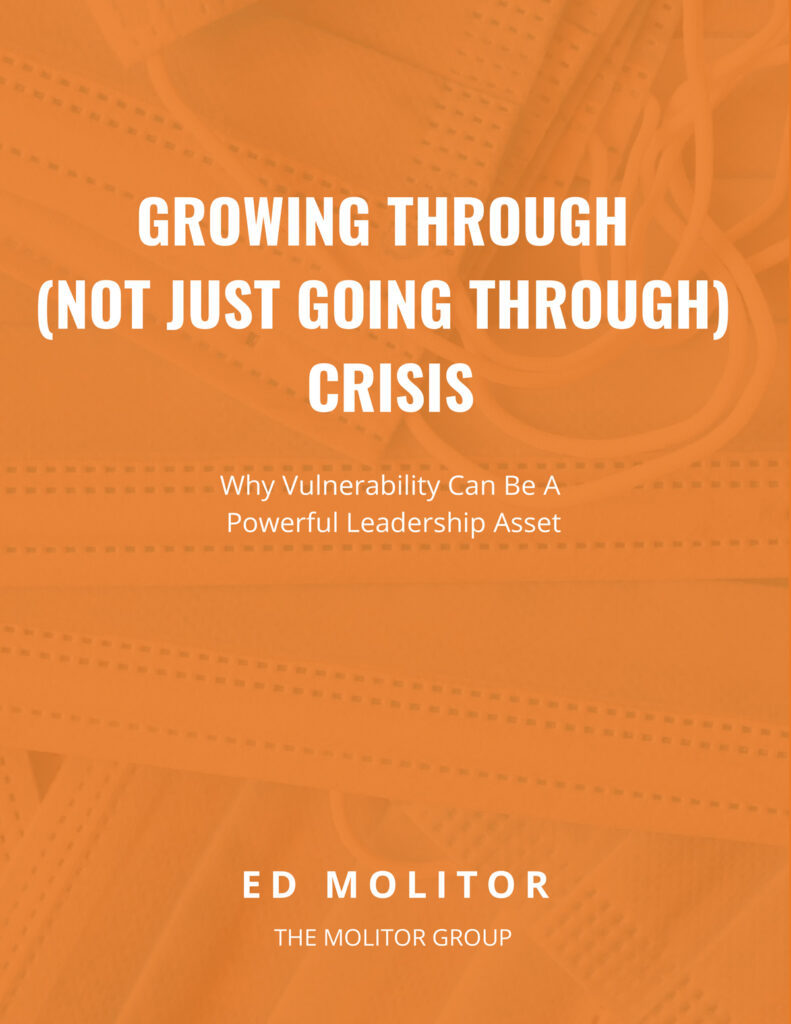Saying “no” to certain things can pave the way for more powerful “yes” decisions. It helps you prioritize, focus, and have better discernment in your decision making.
Let’s go back a little…
A few weeks ago I found myself back in Omaha for a partnership meeting. Late Thursday evening (by my standards nowadays), I had a little bit of time on my hands. I decided to head to Creighton University’s campus and visit St. John’s Cathedral, one of my favorite spots to sit, think, and clear my head.
As I walked up the circle drive and toward the fountain, I couldn’t help but laugh to myself at how naïve we were back then, how complicated we thought life was, and yet how everything we were dealing with being a student-athlete with extremely high expectations placed on us was a gift.
I found my place up toward the front of the church and sat down and was engulfed by the silence.
In my world, there is not much silence as we are always on the go with our work and kids. But for the next 45 minutes, I simply sat there and reflected.

Things are spinning fast these days, and amazing growth is happening here at The Molitor Group. Combine that with our commitment to be at every one of our kids’ events, and that stretches us thin.
As I sat there thinking about how fortunate I was and what my time at Creighton had done for me on my journey, I kept coming back to a single thought.
My ability to say no to the right things over the next six months is exponentially more important than normal because there is a lot at stake for the business and my family.
One question I ask myself daily is, “Are your thoughts, behaviors, decisions, and activities moving you in the direction of your vision and goals?”
I have had some hard no’s to deliver this past year and some situations to walk away from, but those only reinforced my belief that being focused and intentional with what and to whom I say yes or no is critical.
The Bad No’s
Do you ever feel like sometimes people say no just for the sake of saying no?
Well, it happens. A lot!
Let’s get the bad no’s out of the way because they are so obvious and will move you and your team in the wrong direction, often creating problems for you down the road.
Bad no’s are when:
- + The situation has not been properly assessed
- +Decisions are made by personal biases
- + Leaders decline simply because they have said yes too many times and do not have any capacity left
What is the Struggle?
As a younger leader, I often struggled with saying no to people, opportunities, and requests. As the years went on, I realized that I was not alone. As a matter of fact, I realized that many leaders struggled with saying no for very similar reasons.
Early in my career, I hated conflict and tried to avoid it at all costs, even if that meant saying yes to things that would only cause inner conflict!
Combine that with the desire to be liked and accepted, a natural tendency to over-commit, and my struggle at times with self-discipline, and you get a leader who lacks self-confidence in their decision-making.
So What Changed?
Basically, I changed my relationship with the word no. Instead of viewing it as turning people away, shunning opportunities, reducing stress, and avoiding the uncomfortable, I took the time to see why saying no can be so powerful and productive.
It is still a dance, and I truly believe that decision-making is a science and an art, but the following strategies have been a tremendous help.
- Reframe the ‘No’ as a ‘Yes’– What areas of your business and life will you be able to spend more time in and get a greater return.
- Say ‘No’ early– saying no early instead of dragging it out can save significant time
- Mean what you say—Integrity is a huge part of being an authentic coaching leader, and when your words align with your actions, you drive trust.
- Keep your goals clear– Remember the question I always ask myself…“Are your thoughts, behaviors, decisions, and activities moving you in the direction of your vision and goals?” Do not get distracted by shiny objects.
- Identify the opportunity costs– What benefits did you gain by saying no to something?
Saying no more often and with a greater understanding of why you said no can ensure the quality of your work, relationships, and mental health.
Coaching Practice for Decision Making
There’s a simple yet powerful exercise that can help you with your decision making, develop the skill to say NO, and execute from a place of conviction and not convenience.
We implement a more profound and structured version of it with our clients at The Molitor Group, but I want you to have a resource to help you get started today… So here’s a short version of it:
- Clarify Goals: Take time to revisit your current goals and priorities.
- Evaluate Requests: Consider new requests by asking yourself:
-
- + Does this align with my key priorities?
- + How does it impact my existing commitments?
- + What are the consequences of saying yes or no
- ++ Write down your answers.
- Practice Saying No: Mentally rehearse declining requests that don’t align with current priorities.
Make a daily commitment to follow these steps and reinforce your ability to say no when necessary.
This will help you make more focused decisions leader and confidently prioritize your time and resources.




